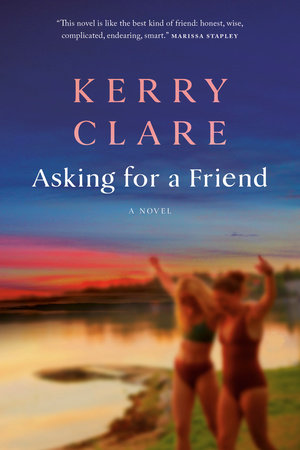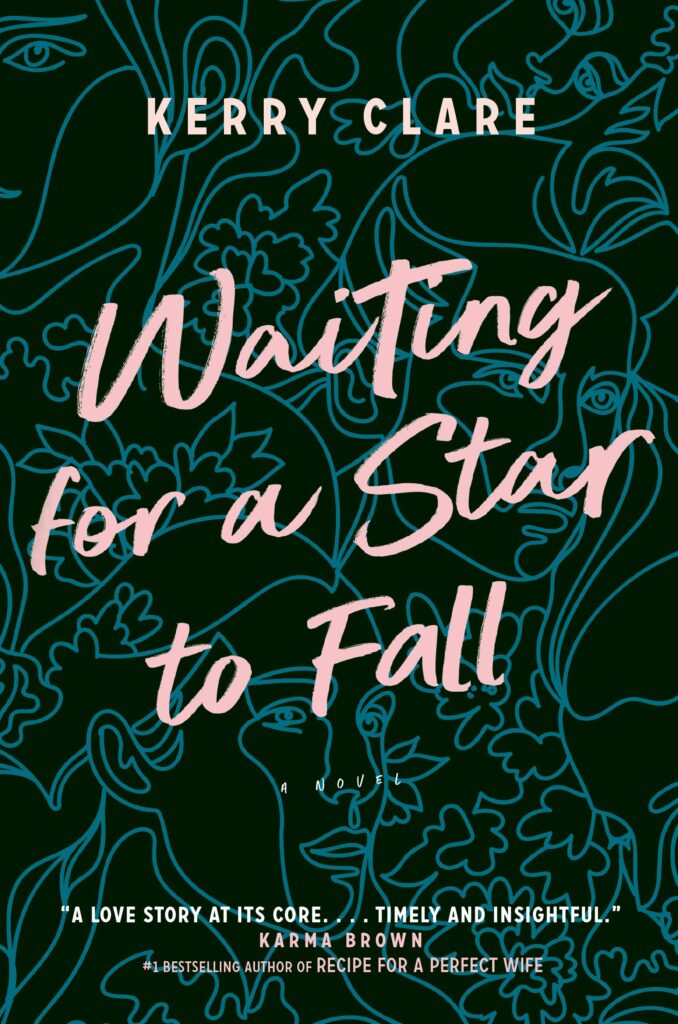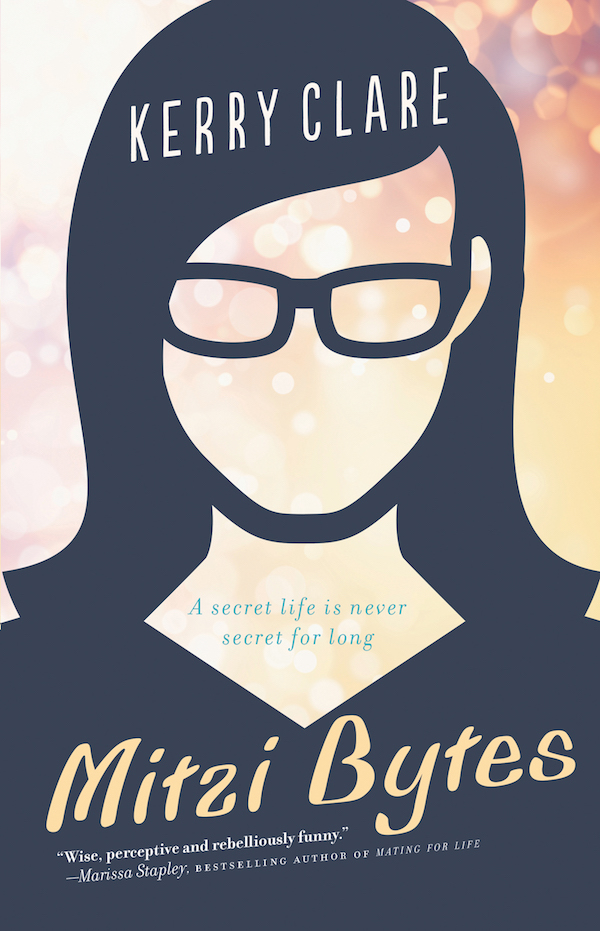July 1, 2008
Canada Day
 Though tomorrow is the big day, Canada’s 141st birthday, today means a bit more to me because it was three years ago that I moved to Canada. Moved back to Canada, I realize, but the return didn’t lessen the significance. That in addition to the luck of being born here, I had the great privilege of choosing it too– not everybody gets to do that. So to be home, doubly so, and this is a fine one, certainly.
Though tomorrow is the big day, Canada’s 141st birthday, today means a bit more to me because it was three years ago that I moved to Canada. Moved back to Canada, I realize, but the return didn’t lessen the significance. That in addition to the luck of being born here, I had the great privilege of choosing it too– not everybody gets to do that. So to be home, doubly so, and this is a fine one, certainly.
June 9, 2008
Expanding the possibilities
I was very interested to read “Women Behaving Boldly”, Sarah Liss’s argument that Sex and the City‘s female archetypes might have as their origin those of Alcott’s Little Women. I’ve not read Little Women for years and years, and I’m not sure that what I did read wasn’t abridged anyway, nevertheless, I’ll be (re?)reading the novel this summer. Liss writes, “Louisa May Alcott ’s proto-feminist tome has been a rite of passage for generations… [T]he March girls were complex and flawed, and they helped shape my understanding of the many facets of femininity.” As I reread, I’ll keep her ideas in mind.
A reader takes issue with Liss, however: “Have you actually read Little Women?” Claiming that Little Women didn’t celebrate feminist ideals, but rather quashed them. That Jo March was never accepted for her independent spirit, and those around her tried to tame her. Which might be right, I don’t remember now. But I suspect otherwise, for when I look back to impressions of Little Women, Jo’s spirit is all that I really remember. All attempts towards taming aside, Jo is Little Women (except for my impressions where Beth stands out, but they are only because she died).
I’d always associated Little Women with another female archetype-dependent television show, however, which was The Facts of Life. When I was seven and watched too much television, I came across an ad for Little Women in the back of another novel, read its plot synopsis, and figured these two quartets featuring girls named Jo must be intrinsically linked. It was only this chance to discover further adventures of a girl called Jo, I think, that led me to Little Women in the first place.
They were indeed a bit interchangeable, these Jo’s, except that one had sold her hair, and the other cultivated hers into an elaborate mullet. Both of them were everybody’s favourites though, and I can’t help but think I’m not the only one who found both of them integral to an understanding of self during these formative years. That there were alternatives to the kinds of girls we were supposed to be, expanding the possibilities to encompass most anything.
May 23, 2008
A Nice Cup of Tea
 My first tea ceremony took place in a crooked Tudor house in the English Midlands, a sign outside indicating which seventeen century king had once stayed there. The tea was simple, Cream Tea, pursued mostly for the sake of scones and jam. Made with PG Tips pyramid bags, the tea steaming in its pot and too hot yet to drink so I prepared my scone– spread the Devonshire cream thickly, topped it all with a dollop of jam.
My first tea ceremony took place in a crooked Tudor house in the English Midlands, a sign outside indicating which seventeen century king had once stayed there. The tea was simple, Cream Tea, pursued mostly for the sake of scones and jam. Made with PG Tips pyramid bags, the tea steaming in its pot and too hot yet to drink so I prepared my scone– spread the Devonshire cream thickly, topped it all with a dollop of jam.
Such an initiation into Englishness was not at all lavish, would even have been austere if not for the jam and cream indulgence. But it was a sacred ritual undeniably, every element essential, from the currents in my scone to the teacup’s rattle in its saucer. To the reverence bestowed on that steaming pot of brew, steeped to perfection. Poured to be admired: a nice cup of tea.
Tea in England is remarkable for its permeation into ordinary life. While I lived there, I studied the soaps and I soon learned “I’ll put the kettle on” would be the first response in any crisis. I’ve always loved the news stories of power surges following pivotal episodes of Coronation Street or EastEnders, Britons rising from their sofas to put their kettles on at the very same time.
I was pleased, however, upon marrying an English man and becoming part of his family, to gain a view onto Englishness beyond the television’s. And though the soaps’ depiction of ordinary life turned out not always to have been accurate, the tea thing was spot on.
At my in-laws’, we partook in the tea ceremony eight to ten times a day. Without ornamentation, of course (scones and jam are special occasions), but the steaming pot stayed fundamental. Each day was constructed around its tea breaks, a cup taken with meals and then to follow them. Tea was the bedrock of our everyday, plus a pick-me-up in a pinch (“I’ll tell you what you need right now— how about a nice cup of tea?”).
When my husband and I moved to Japan a couple of years later, I was only vaguely aware of the Japanese tea ceremony, a thousand year-old tradition rooted in Zen Buddhism that is, like so much of the culture, hard to explain. Practitioners enroll at Tea Schools and study for years to become proficient both in the actual preparation of the tea and in the ceremony itself. They must also study calligraphy, flower-arrangement, the art of wearing a kimono, among other things.
As tea lovers, we were both interested in Japanese tea and with great enthusiasm, we’d soon prepared our own ceremony. Purchasing a round Japanese teapot and a big bag of green tea leaves, and of course we knew how to brew it— pouring on the leaves (we do like our tea strong), adding boiling water, and we waited for it to steep.
When the time came, we poured our tea into mugs and sipped, not even tentatively. The bitterness was troubling but, trying for cultural sensitivity, we ignored it. And even after we realized the tea made us sick to our stomachs, we continued to make it. Reminding ourselves of the health benefits, that we’d get used to the taste, and as Japan was where we lived now, stiff upper lips would be maintained.
My Japanese tea experiences were an initiation into Japaneseness only as much as they affirmed that I’d never really belong there. Affirming that we were outsiders, for otherwise wouldn’t we have known that green tea is to be prepared weak, with water past boiling to avoid bitterness? We should have let the tea steep for just a minute or two, consuming it in small quantities— in cups more like thimbles than our cocoa mugs.
This was all properly demonstrated when we attended an actual tea ceremony. Kneeling on the tatami mats in our proper places as guests, with our host dressed in a kimono, her quiet demeanour setting the tone. She purified the tea bowl with a special cloth, added green tea powder and then hot water, and stirred it with a bamboo whisk. No scones, we received a small sweet instead, the colour of cherry blossoms and made with pounded rice. We bowed as we received our tea.
But when I say that we didn’t belong in Japan, I don’t mean that it didn’t become home to us. As in the tea ceremony, the two of us were guests taking part in a ritual we would never fully understand, but it was our everyday life for a while. That it couldn’t have gone on forever doesn’t mean we miss it any less.
In Canada, where we live now, our tea ceremonies continue. We put the kettle on first thing in the morning, and it’s the first thing we do upon arriving home at the end of the day. We can do caffeinated or herbal, and we now know how to make green tea delicious. Our ultimate indulgence is High Tea at a posh hotel downtown, but we save these occasions for fear of spoiling ourselves.
And tea at our house is certainly not without its own charms— I can whip up a batch of scones in twenty minutes, and we eat them with jam made from strawberries we picked last summer. The tea brewing in our little white teapot, the very centre of our household.
Tea remains a sacred ritual, undeniably— the world stopping for pleasures we’ve come to know by heart. Linking our past and present, the places we’ve been to how far we’ve come. A delectable definition of home.
May 21, 2008
Free to Be…
I went to see Free To Be You… And Me this weekend, performed by kids at The Randolph Academy for the Performing Arts. I’d never seen the show live before, I don’t think, though I’d watched the movie plenty of times in elementary school, and I think there was a book, and I had the record too. But of course there was much that I’d forgotten, and it surprised me too how relevant the material still is– which is nice, that it can still be enjoyed, but too bad too, that the message is more necessary than it’s ever been. Of course it’s simplified– I see now that simply giving William a doll and feeding tender sweet young things to the tigers was never going to change the world. The show is a product of a different way of thinking, but still, it lays down a terribly substantial foundation. I’ve always adored it, and was thrilled to discover most of the movie is available online. Check out Michael Jackson and Roberta Flack singing “When We Grow Up” (a video that is only the smallest bit creepy). And Marlo Thomas driving a taxi in “Parents Are People” was always my favourite.
May 1, 2008
Woolf on book blogs?
“But still we have our responsibilities as readers and even our importance. The standards we raise and the judgments we pass steal into the air and become part of the atmosphere which writers breathe as they work. An influence is created which tells upon them even if it never finds its way into print. And that influence, if it were well instructed, vigorous and individual and sincere, might be of great value now when criticism is necessarily in abeyance; when books pass in review like the procession of animals in a shooting gallery, and the critic has only one second in which to load and aim and shoot and may well be pardoned if he mistakes rabbits for tigers, eagers for barndoor fowls, or misses altogether and wastes his shot upon some peaceful cow grazing in a further field. If behind the erratic gunfire of the press the author felt that there was another kind of criticism, the opinion of people reading for the love of reading, slowly and yet unprofessionally, and judging with great sympathy and yet with great severity, might this not improve the quality of his work? And if by our means books were to become stronger, richer, and more varied, that would be an end worth reaching.” –1926, Virginia Woolf, “How Should One Read a Book?”
May 1, 2008
Katie girls
My only shoes worth more than $100 are orthopedic and I haven’t had cable TV in a decade, but I’ve always enjoyed Sex and the City (in syndication, naturally). And not just because of the “Ex in the City/The Way We Were” episode, which brought me such comfort during those dark days when I was deranged and thought no one would ever love me (and these two factors may have been related). Remember, the simple girls and Katie girls? But writer Libby Brooks pins down the rest of it brilliantly as follows:
“…this fantastical element was tolerated in exchange for the unprecedented honesty about other areas of women’s experience that Sex and the City hauled into the mainstream. Most prominently, the series discussed the micro and macro of sexual relationships as they had never been before: when is it all right to fake an orgasm? Ought there to be cleanup etiquette for men giving head? How does maternal ambivalence affect a woman who is already pregnant?
Those gasp-out-loud episodes were embraced by women not only because they’d been there privately, but thanks to the context in which they were discussed. For my money, the enduring appeal of Sex and the City has nothing to do with guys or footwear. It’s about the uncomfortably accurate presentation of women’s relationships with each other. However the critics receive the new film, they ought to bear in mind that, for all the brunch chatter, this show has never been a story about men. Sex and the City was always, baseline, about us girls; about how women’s friendships can be complicated and bitchy, but also meaningful, supportive and lasting.”
April 30, 2008
MacMillan on history
One of the highlights of my whole life has been an undergraduate history seminar with Margaret MacMillan, but I’d think she was amazing anyway. I’m looking forward to reading her new book Uses and Abuses of History, particularly since reading this interview: ‘I don’t think history teaches us clear lessons. I think it’s very dangerous to say that history demands certain things.’
April 8, 2008
Sark: The World's Newest Democracy
Am I ever excited to pass along a link to Sark: The World’s Newest Democracy, a short documentary film by my friend Paul Kutasi. Partly because I take every opportunity to brag about my clever friends, but also because the film is fabulous. Sark is a small island in the English Channel, and the last feudal state in Europe– but not for long. Well done Paul.
March 21, 2008
Immediately enthralling
My books are packed, though I’ve kept a few out to sustain me for the next while. One of which was The Grass is Singing by Doris Lessing, which was recently cited by Globe Books as an essential read to understanding modern Zimbabwe. It was immediately enthralling. I also like that it’s an old orange Penguin, whose biographical note concludes with the fact Lessing has just finished a new novel called The Golden Notebook.
March 9, 2008
Underlining my point
 Check out this photo (I assume it to be stock) from the front page of yesterday’s Globe & Mail. Yesterday at the Descant blog I wrote about the resonance of 1970s YA fiction, and the effect of writers like Norma Klein on our formative years. More of an effect than I imagined, however, if this photograph is anything to go by. But then Girls Can Be Anything was published in 1973! I wonder, are we holding onto these books out of nostalgia, or has nothing as good or better come along since then? I’ve not actually been paying attention, and hope indeed something else has come along. These are things that can’t get lost. Liberal propaganda it might have been, but then my own indoctrination into Free to Be… You and Me, for example, only ever had the effect of teaching me how to be happy.
Check out this photo (I assume it to be stock) from the front page of yesterday’s Globe & Mail. Yesterday at the Descant blog I wrote about the resonance of 1970s YA fiction, and the effect of writers like Norma Klein on our formative years. More of an effect than I imagined, however, if this photograph is anything to go by. But then Girls Can Be Anything was published in 1973! I wonder, are we holding onto these books out of nostalgia, or has nothing as good or better come along since then? I’ve not actually been paying attention, and hope indeed something else has come along. These are things that can’t get lost. Liberal propaganda it might have been, but then my own indoctrination into Free to Be… You and Me, for example, only ever had the effect of teaching me how to be happy.





